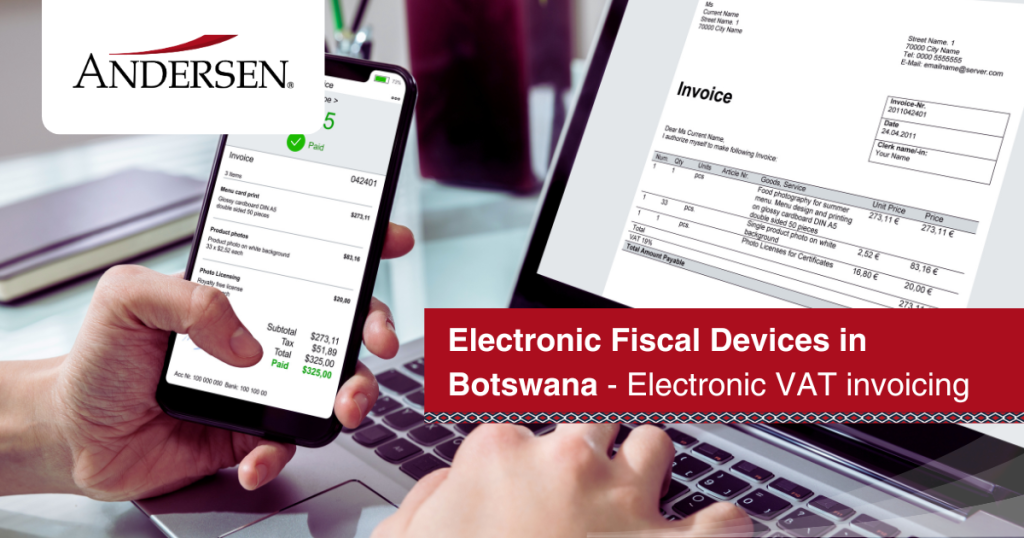In the 2025 Budget Speech, government announced that it is developing an Electronic VAT Invoicing Solution, often referred to as Electronic Fiscal Devices or EFDs. The system is expected to be completed by March 2026. While implementation is still in progress, businesses should begin preparing now to avoid last minute surprises.
What are EFDs?
EFDs are devices or approved software that record every sale a business makes. Each transaction generates a receipt with a unique identifier that can be verified. The data is stored securely and in many cases shared directly with the tax authority (BURS). The aim is to improve VAT reporting, accuracy of VAT declarations, combat VAT fraud, streamline audit processes, and create fairness in the tax system.
Why is government introducing them?
EFDs are part of a wider effort to modernize tax administration. They will allow BURS to improve efficiency in revenue collection, reduce revenue leakage, and strengthen trust in the VAT system. For customers, they bring transparency. For compliant businesses, they create a level playing field by ensuring that everyone accounts for VAT consistently.
What does this mean for businesses?
There are several practical questions already on the minds of business owners:
- Is it mandatory for all businesses, or only those registered for VAT?
Based on international practice and the VAT Amendment Act, the rollout will likely begin with VAT-registered businesses. Smaller businesses outside VAT may be phased in later, or exempt altogether. - How will this affect daily operations?
Every transaction will need to be captured through an EFD. Receipts will carry a code that links them to BURS. This means businesses will need to be more disciplined about recording sales and issuing receipts correctly. - Will EFDs prepare VAT returns automatically?
EFDs will capture sales data in a structured way that can make VAT reporting easier. However, businesses will still need to reconcile purchases, exempt supplies, and adjustments manually. Over time, as systems improve, much of this process could become more automated.
Challenges to be mindful of
Introducing EFDs will involve some costs, such as acquiring approved devices, upgrading software, and training staff. There may also be challenges with connectivity or system downtime. These are not reasons to resist change, but they are important areas where planning ahead can make the transition smoother.
Steps to take now
Even though the system is only expected in March 2026, preparation should begin today. Businesses can:
- Review their sales and invoicing systems
- Train staff on proper sales recording and VAT discipline
- Budget for upgrades and technical support
- Engage advisors
Final thought
The introduction of EFDs marks an important step in Botswana’s journey towards a digital and transparent tax system. For businesses, this is not only about compliance but also about adopting smarter ways of working. By preparing early, companies will place themselves ahead of the curve, avoid disruption when the system goes live, and benefit from stronger processes that inspire confidence among customers, partners, and regulators.
Now is the time to act. Start reviewing your systems, training your staff, and budgeting for the transition today. Don’t wait until the last minute—speak to your tax advisor to ensure your business is fully prepared for EFD implementation. Staying proactive will not only keep you compliant but also give you a competitive advantage when the new system goes live.


